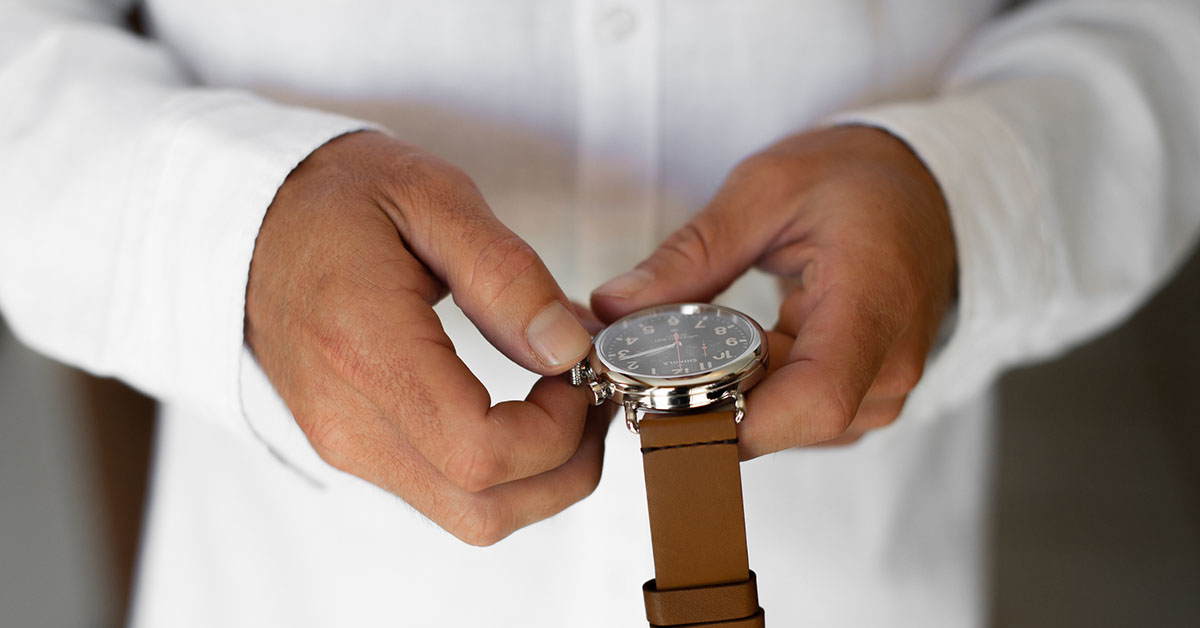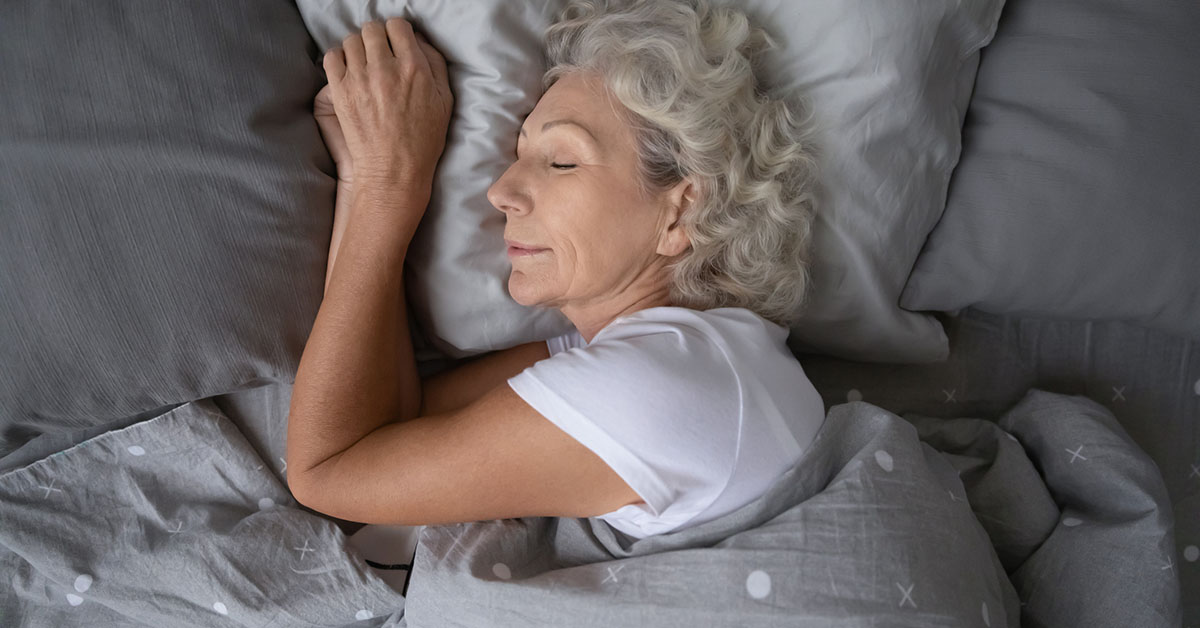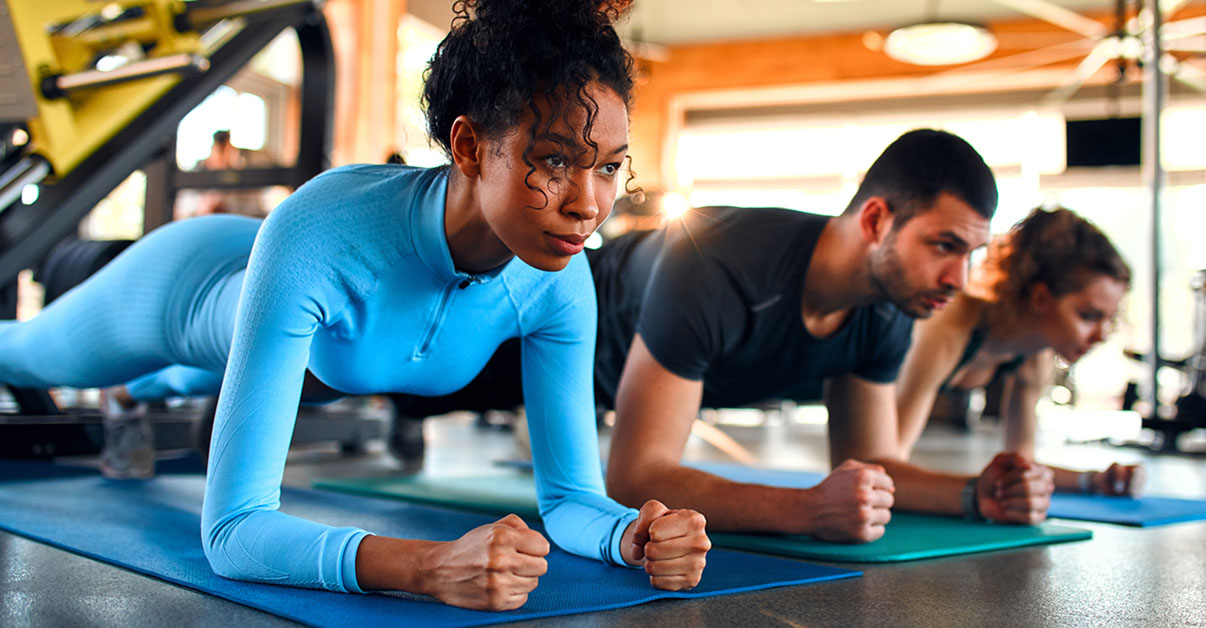One way to beat the heat of summer is to head to the pool or beach to splash around. Wearing sunscreen is important to prevent sunburns. However, swimming isn’t the only time to think about sun exposure.
The sun’s harmful rays can affect you any time you’re outside. Temperature isn’t always an accurate gauge of sun risk, but the UV index is. Learn more about how the UV index is related to the risk of skin cancer.
What is UV radiation?
UV or ultraviolet radiation is a type of energy that commonly comes from the sun. Some light bulbs, like those in tanning beds, also give off UV rays. Unlike other types of radiation energy, UV rays can’t penetrate deep into the skin. However, they can still affect it.
The two main types of UV radiation are UVA and UVB. UVA rays have the least amount of energy, so they don’t go as deeply into the skin. Instead, they can lead to wrinkles and skin aging. UVB rays have more energy and can damage the DNA in your cells. Both can lead to skin cancer, but UVB rays contribute to sunburn and play a bigger role.
Understand the UV index
The UV index is a simple scale designed to help you protect yourself against the sun and empower you to reduce your risk of skin cancer. It is a forecast of UV radiation that the National Weather Service puts out.
If the UV index is low, you don’t have to worry as much about your sun exposure or getting sunburned. If the UV index is high, you need to have appropriate coverage.
This is what the index numbers mean:
- Less than 2 – Low risk. Cover up and use sunscreen if you burn easily.
- 3 to 5 – Moderate risk. Wear a hat, sunglasses and protective clothing outdoors. Use at least SPF 30 sunscreen.
- 6 to 7 – High risk. Limit the amount of time you spend outdoors between the hours of 10 a.m. and 4 p.m. Wear a hat, sunglasses and protective clothing outdoors. Apply sunscreen with at least SPF 30 every two hours.
- 8 to 10 – Very high risk. Avoid spending time outdoors between the hours of 10 a.m. and 4 p.m. Wear a hat, sunglasses and protective clothing outdoors. Apply at least SPF 30 sunscreen every two hours.
- Greater than 11 – Extremely high risk. Avoid the sun between the hours of 10 a.m. and 4 p.m. Seek shade outdoors at all other times. Apply sunscreen every two hours. Wear protective clothing to reduce sun exposure.
How are sunburns and skin cancer linked?
You can use the UV index to predict how strong the sunlight will be and avoid getting sunburned. Even a single sunburn puts you at increased risk for getting skin cancer. That’s because the UV rays damage your skin cells. While sunburns at any age put you at risk, studies show that sunburns at early ages put you at higher risk.
Protect your skin
Decrease your chances of getting skin cancer by protecting your skin. Before heading out for the day, practice summer safety by checking the UV index. Use clothing and sunscreen to block UV rays from hurting your skin.
Sweating and swimming wash sunscreen off your skin, so it’s important to reapply it often. Be aware that sand and water nearly double UV strength. If the overall UV index is low, the reflection from these surfaces can increase it quite a bit.
Have more questions about UV index and skin cancer risks? Schedule a video visit with a Mercy Health provider today.






